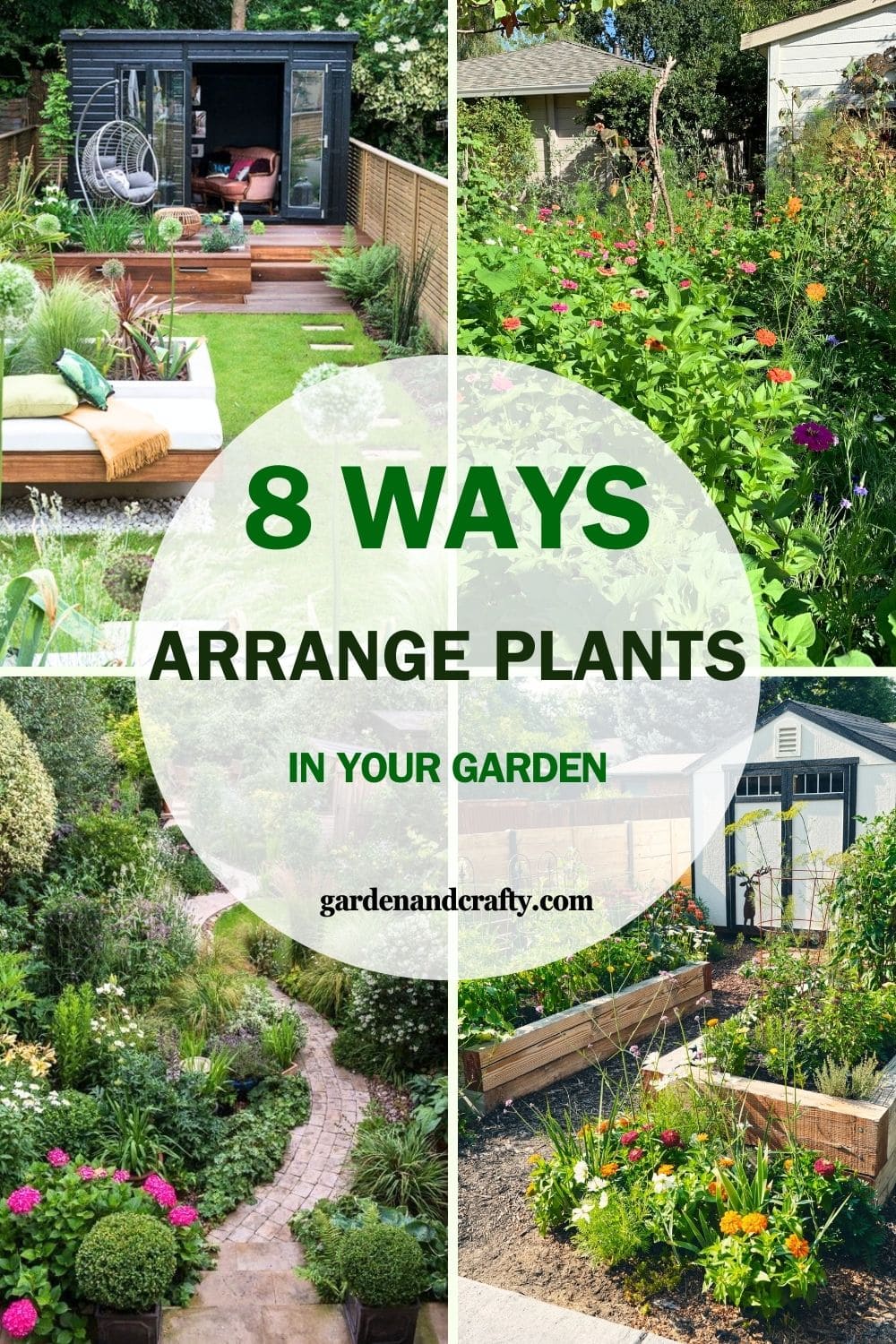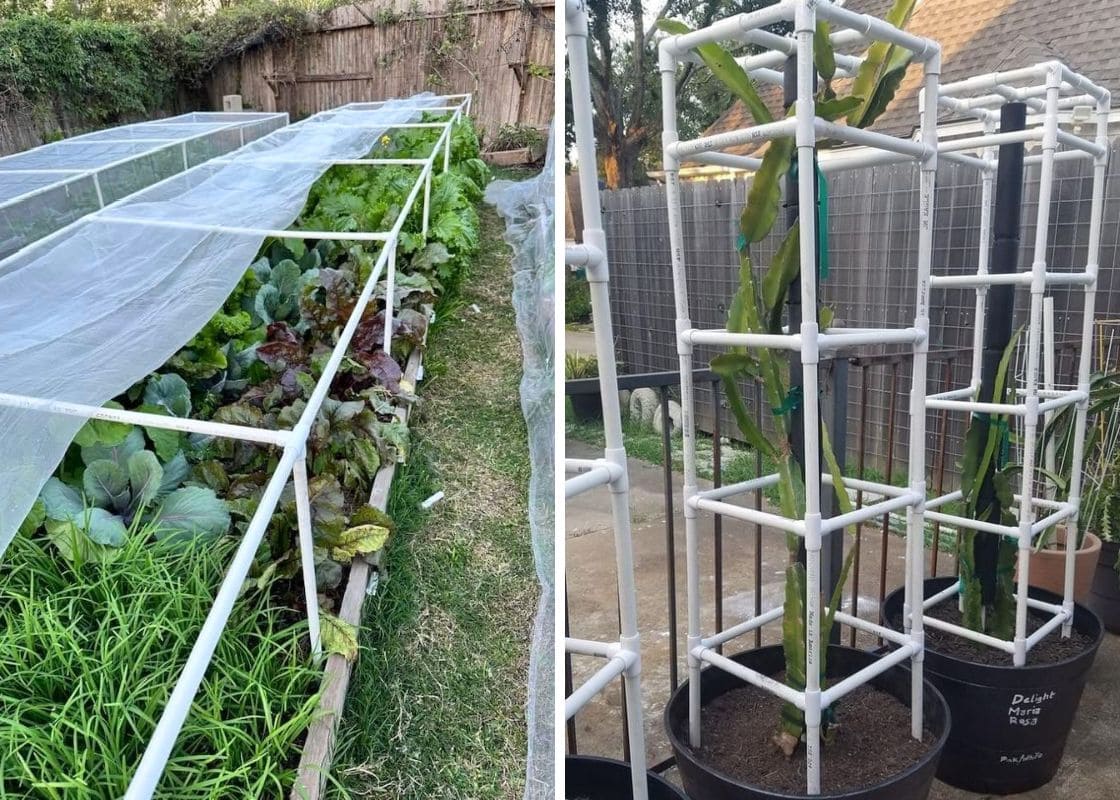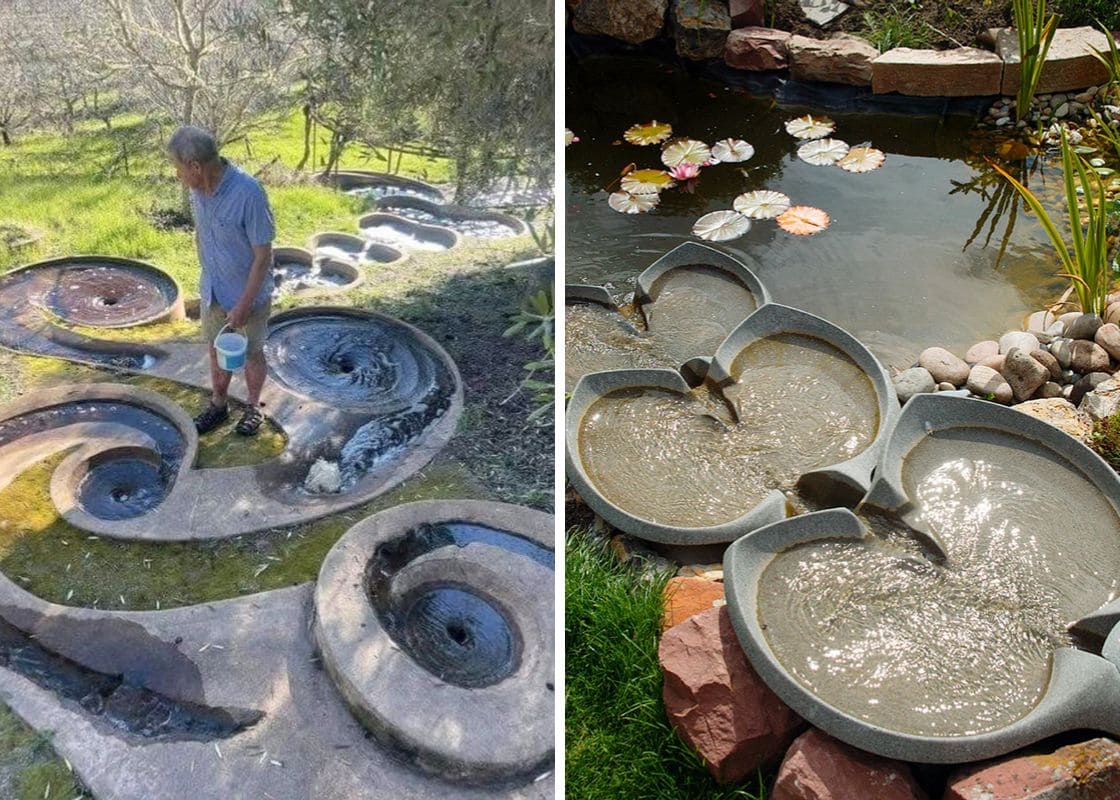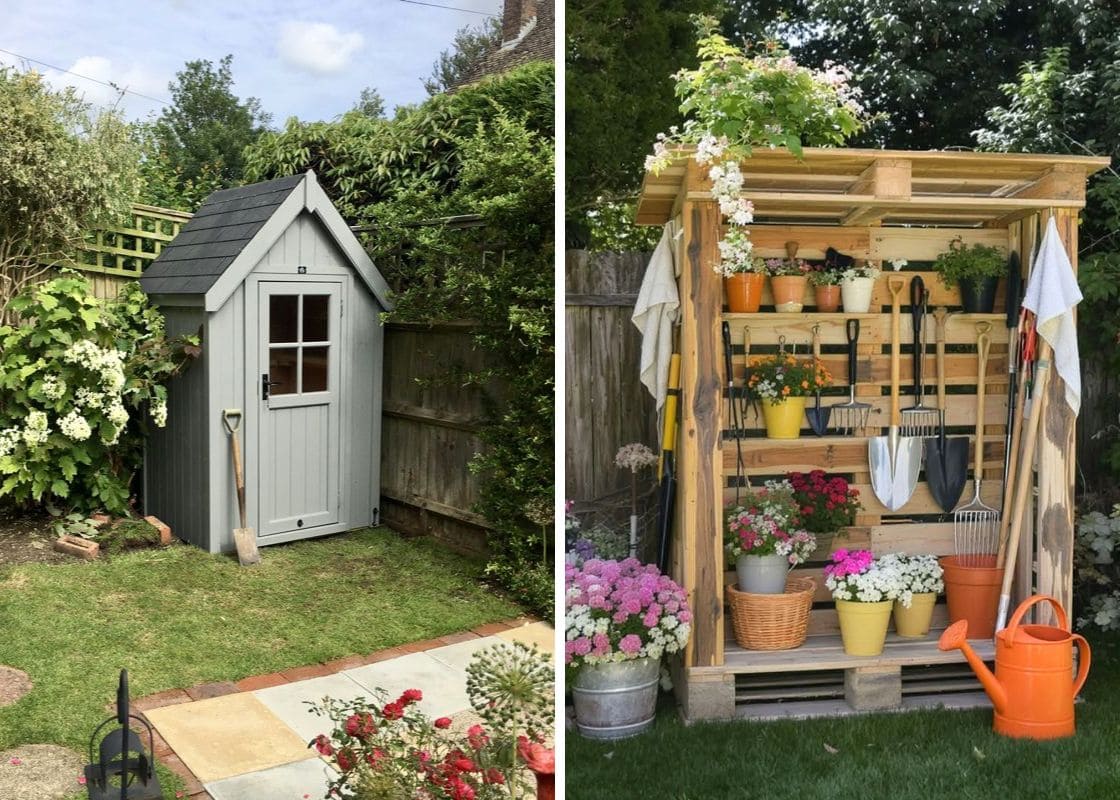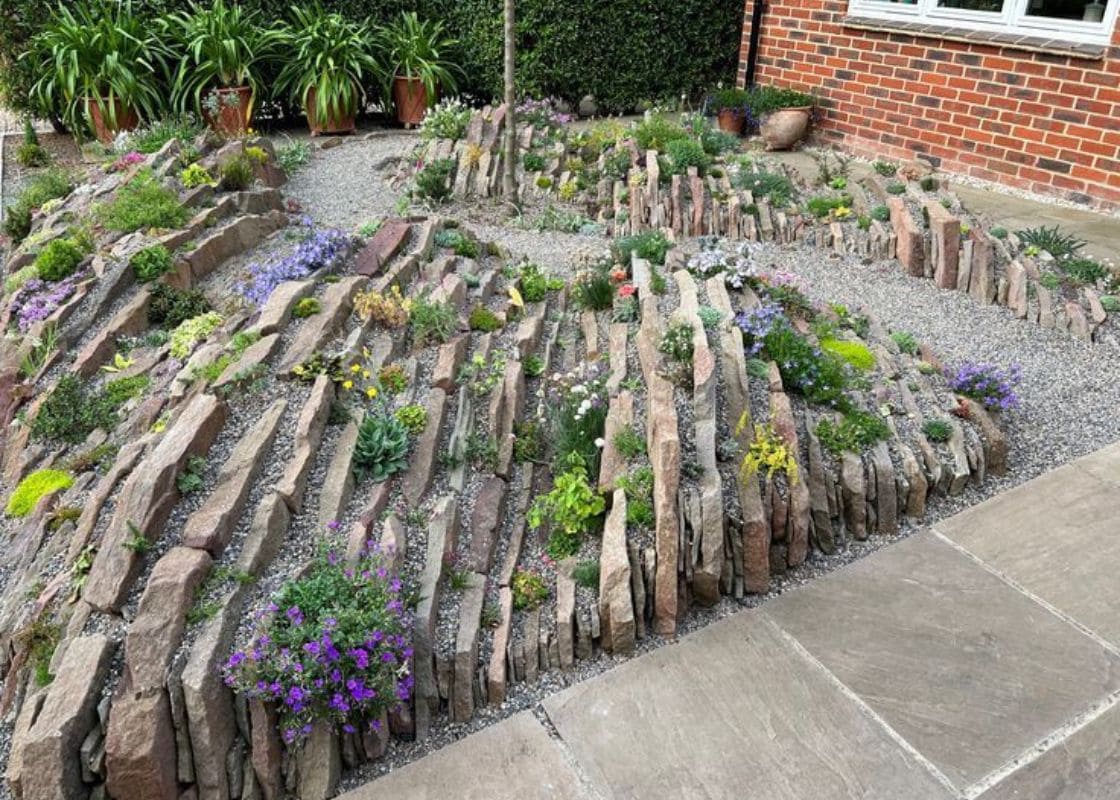Arranging plants in your garden can feel overwhelming, especially when you’re staring at a mix of pots, flowers, and shrubs, unsure of where to start.
I’ve been there – wanting a beautiful, cohesive garden but struggling to figure out how to place everything just right.
If you’ve ever felt lost in the process, don’t worry. There are simple, effective ways to bring order and beauty to your garden.
#1. Layering and Staggering
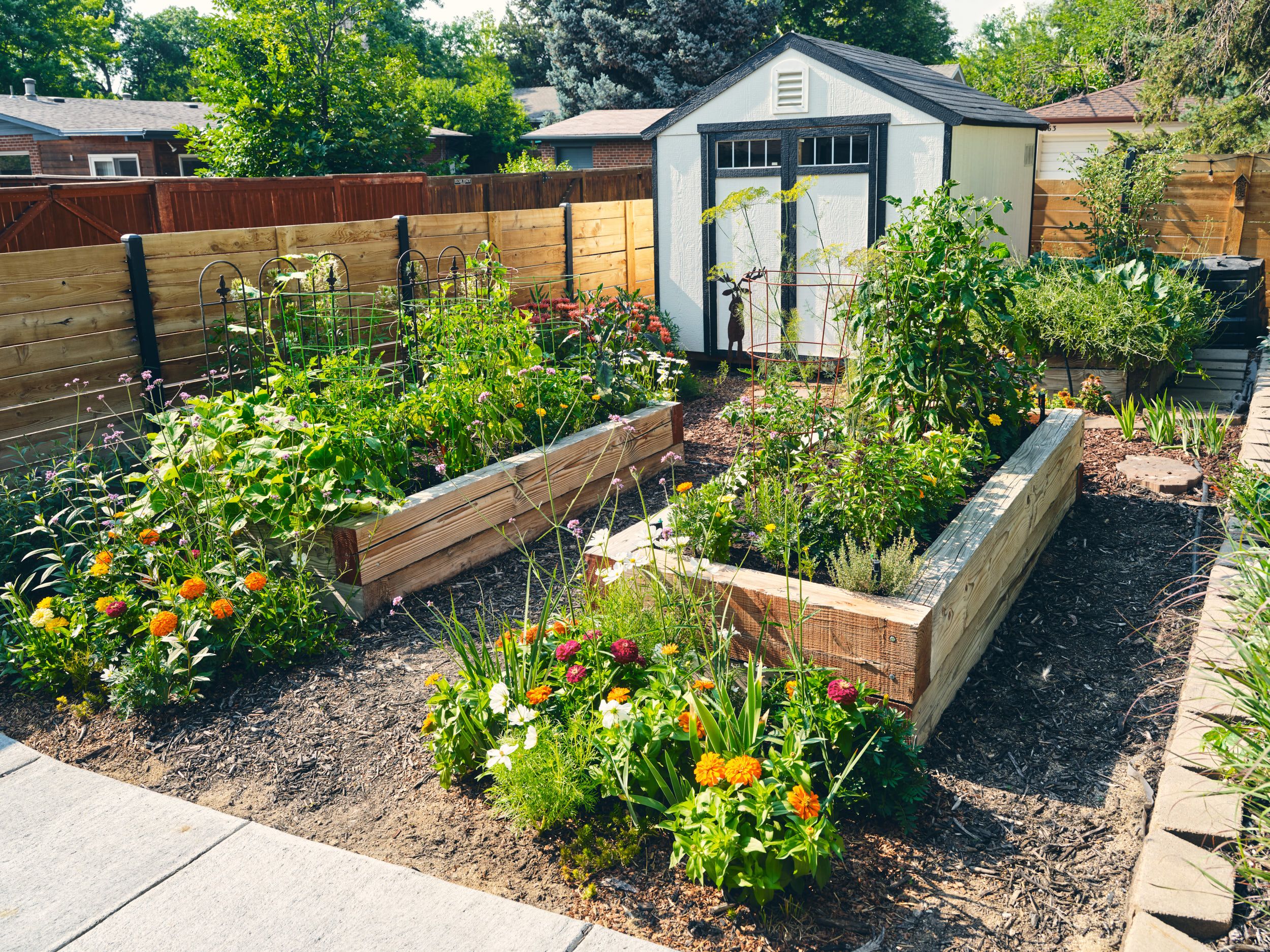
You can start by placing the tallest plants at the back. These could be trees or tall shrubs that act as the backdrop.
In front of these, you can plant medium-height plants like perennials or ornamental grasses.
Finally, the shortest plants, such as ground covers or small flowers, go at the very front.
One trick I love is to mix in a few tall plants in the middle or front layers. It breaks the monotony and adds a bit of surprise to your garden.
#2. Vertical Gardening
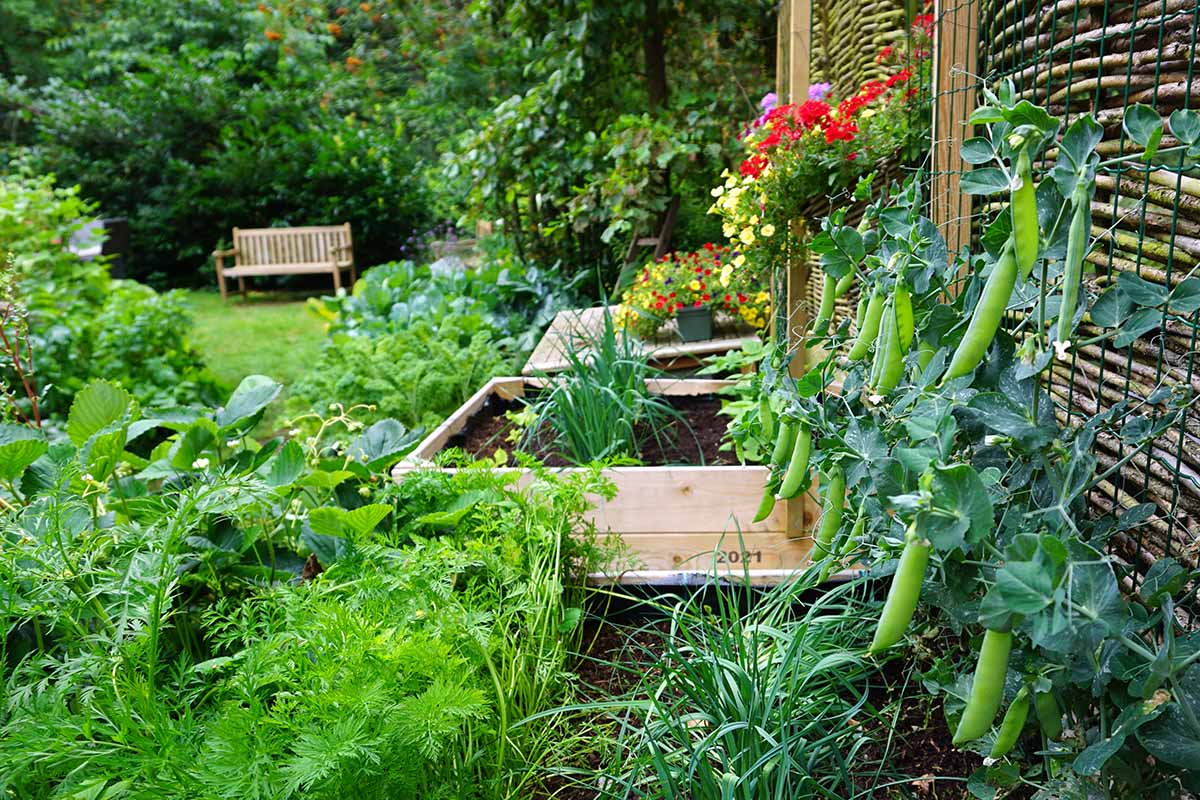
I remember the first time I tried vertical gardening, I was amazed at how much I could grow in such a limited area. From herbs to flowers, the possibilities are endless.
Additionally, you can use trellises, hanging pots, or even repurpose old items like shoe organizers or pallets.
This method is perfect for urban dwellers who might not have a traditional garden space.
Another fantastic benefit is the improved air quality. Plants naturally filter the air, and having them at eye level or higher means you’re breathing in fresher air.
#3. Seasonal Arrangements

First off, think about spring. This is the time when everything starts to wake up.
Bulbs like tulips and daffodils are perfect for adding early color. They’re like the garden’s way of saying, “Good morning!”
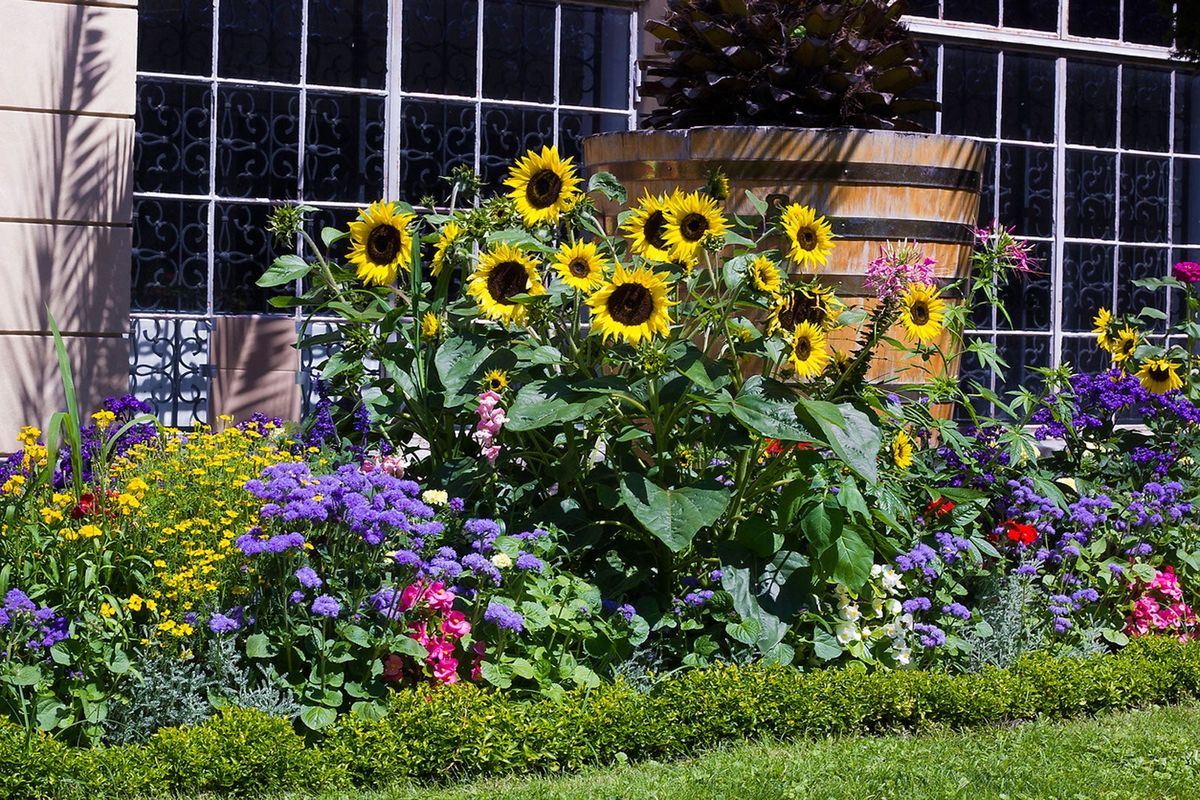
As we move into summer, think roses, sunflowers, and dahlias. These plants love the sun and will thrive in the warmer months.
Don’t forget to water them regularly, especially during those hot spells. You can also add a good mulch to retain moisture and keep the roots cool.
When fall rolls around, mums and asters are fantastic for autumn color.
And let’s not forget the foliage! Trees and shrubs that turn brilliant shades of red, orange, and yellow can make your garden look like it’s on fire.

Winter might seem like a tough season for gardening, but evergreens are your best friends here. They provide structure and color when everything else has gone to sleep.
You can also look for plants with interesting bark or berries that add a splash of color against the snow.
#4. Incorporating Edibles into Your Design
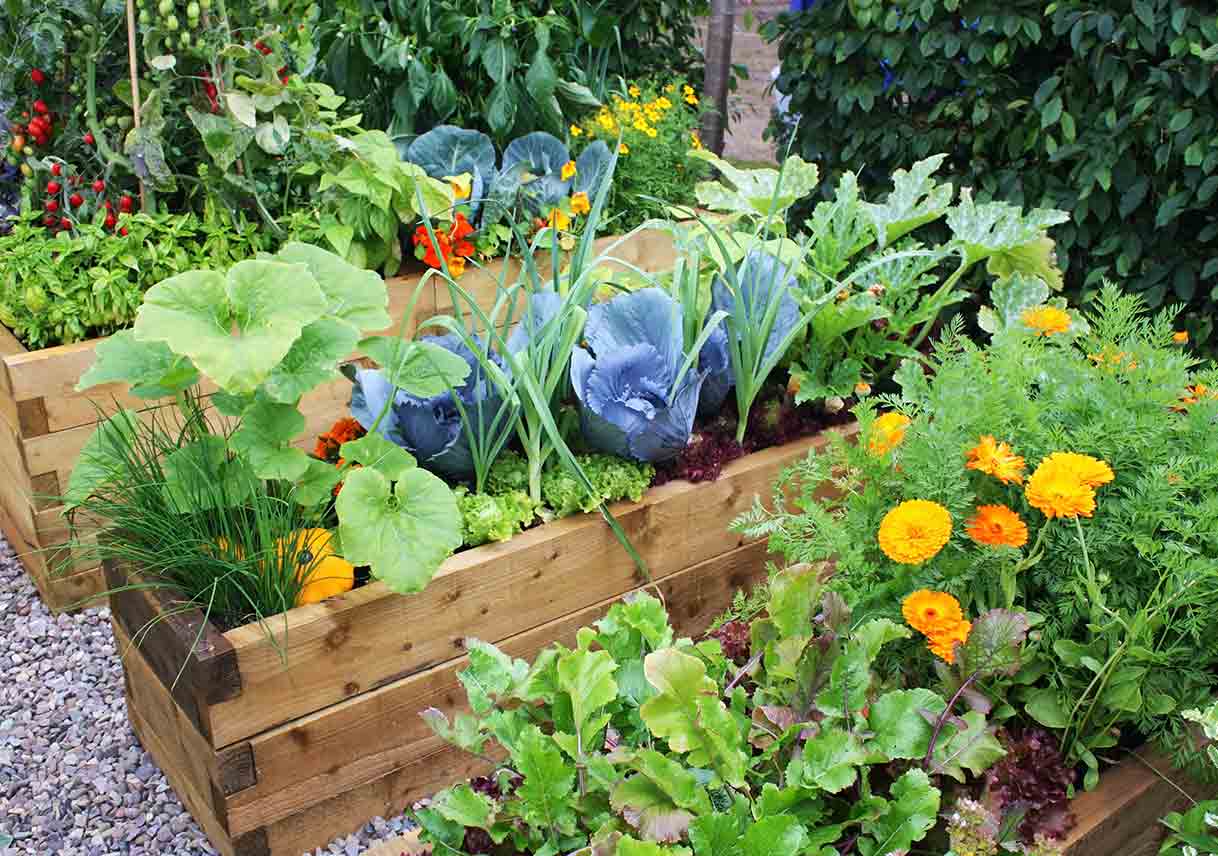
One of my favorite things to do is to blend ornamental plants with edibles.
For instance, you can plant colorful Swiss chard alongside your flowers. Not only does it look stunning, but it’s also delicious and nutritious.
Another great idea is to use raised beds. Raised beds are perfect for growing a variety of edibles, and they make your garden look neat and organized.
You’ll find creative combinations like kale and beets or eggplants and thyme. These plants thrive together, enhancing your garden’s health and productivity.
#5. Arranging Plants in Rows
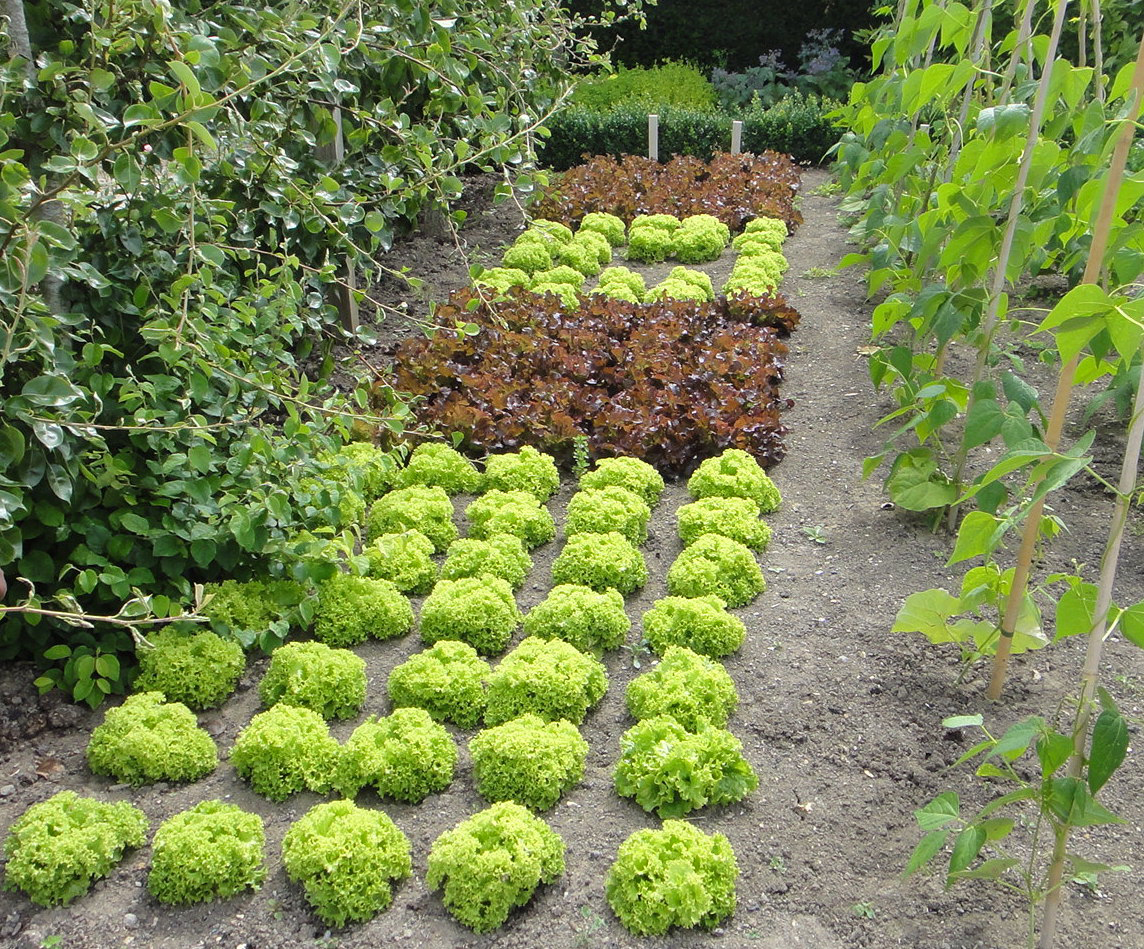
When you line up your plants, it creates a sense of order and symmetry that can be very pleasing to the eye, this makes maintenance a breeze.
One tip for you is placing the tallest plants in the back and the shortest ones in the front. So, you create a natural progression that draws the eye from the ground to the background.
In addition, by planting in straight lines, you can fit more plants into a smaller area without them crowding each other out in a limited amount of space.
#6. Using Pathways and Borders
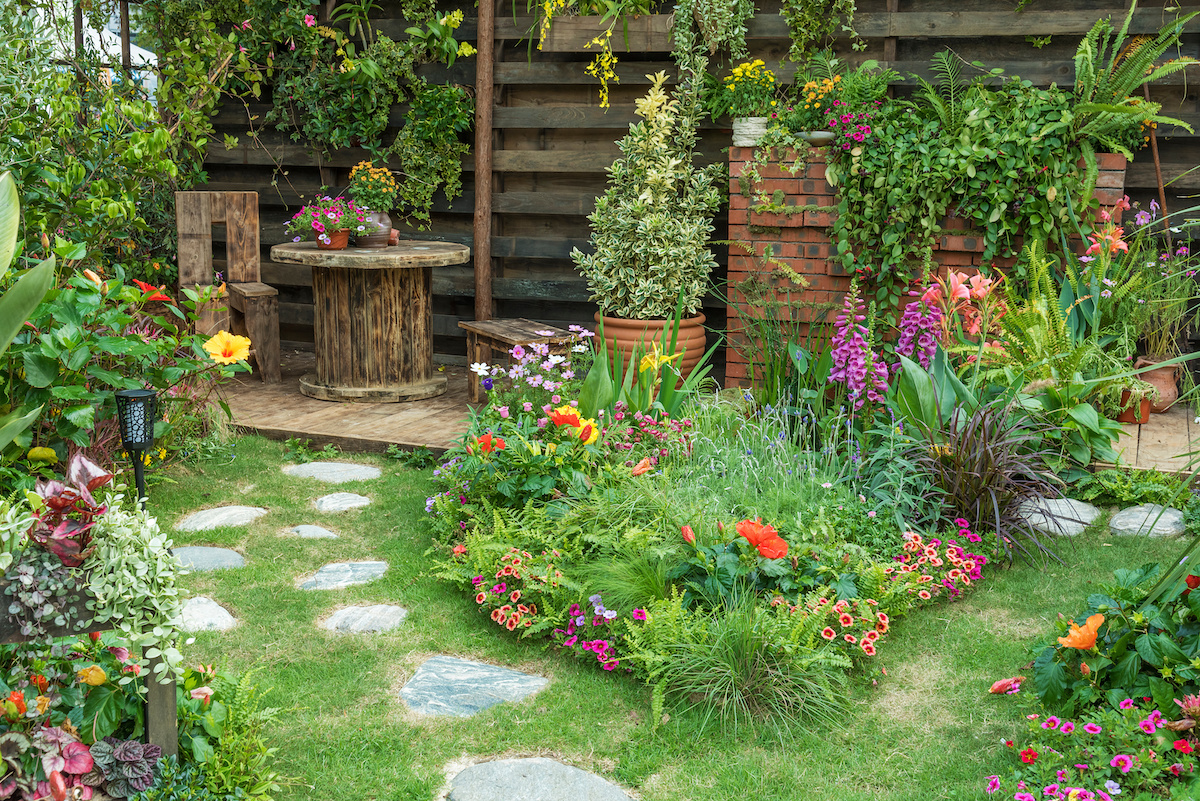
You can go for classic gravel, rustic wood chips, or even elegant stone slabs for pathways.
For instance, gravel paths are great for a casual, cottage-style garden, while stone slabs can add a touch of sophistication.
Borders, on the other hand, help define different areas of your garden. They can be made from a variety of materials like bricks, stones, or even plants.
Yes, you heard that right! Using low-growing plants as borders not only looks fantastic but also adds an extra layer of greenery. Plus, it’s a great way to keep those pesky weeds at bay.
#7. Categorizing By Colors
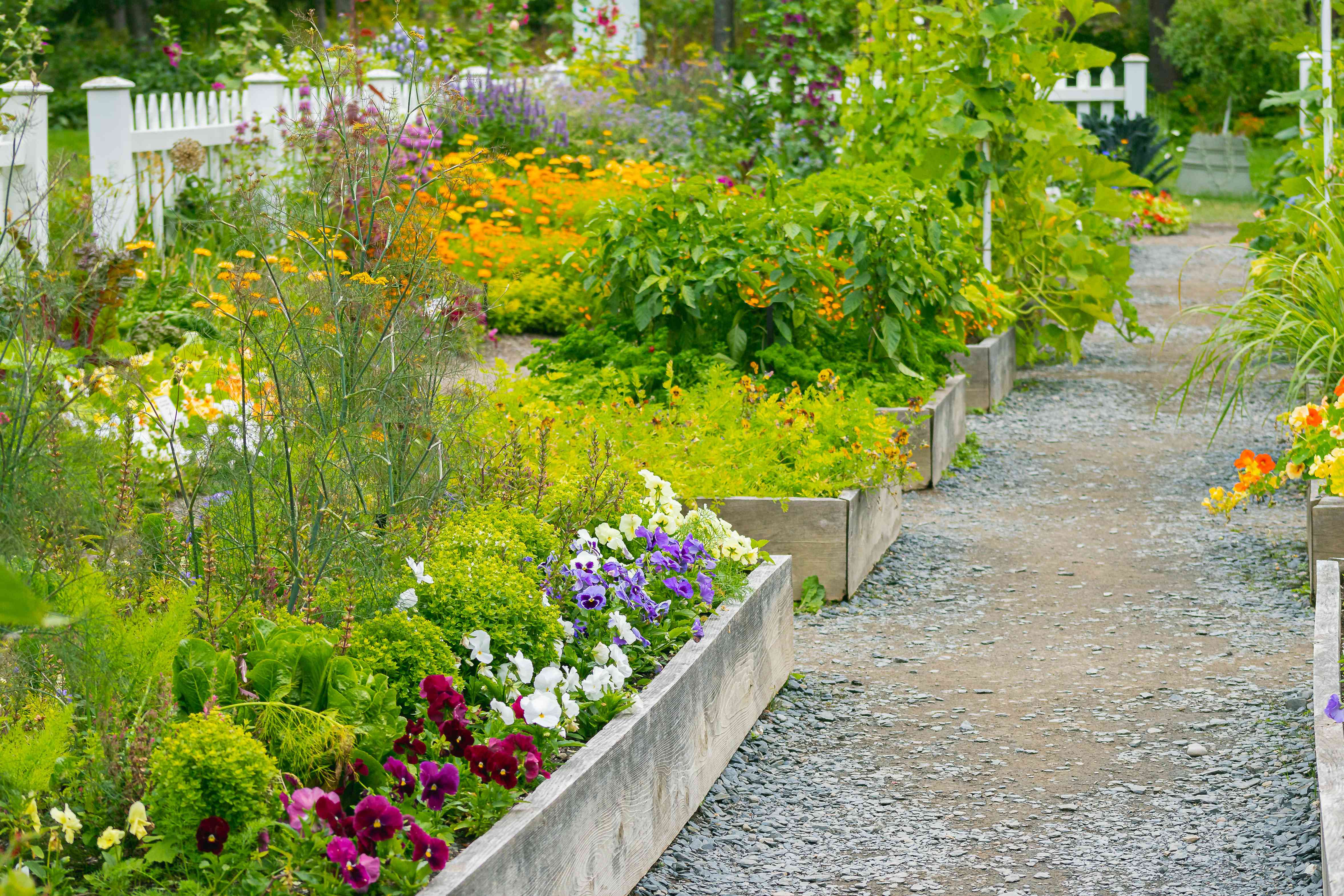
First off, think of your garden as a blank canvas. You get to be the artist, and your plants are the paint.
You can go for analogous colors, which are next to each other on the color wheel. Or, if you’re feeling bold, try complementary colors that are opposite each other.
Now, here’s a little secret: don’t scatter different colors all over the place. Instead, let the colors flow through your garden.
In addition, using the same colors in different parts of your garden can tie everything together. It’s like a chorus in a song that keeps coming back.
#8. Creating a Focal Point
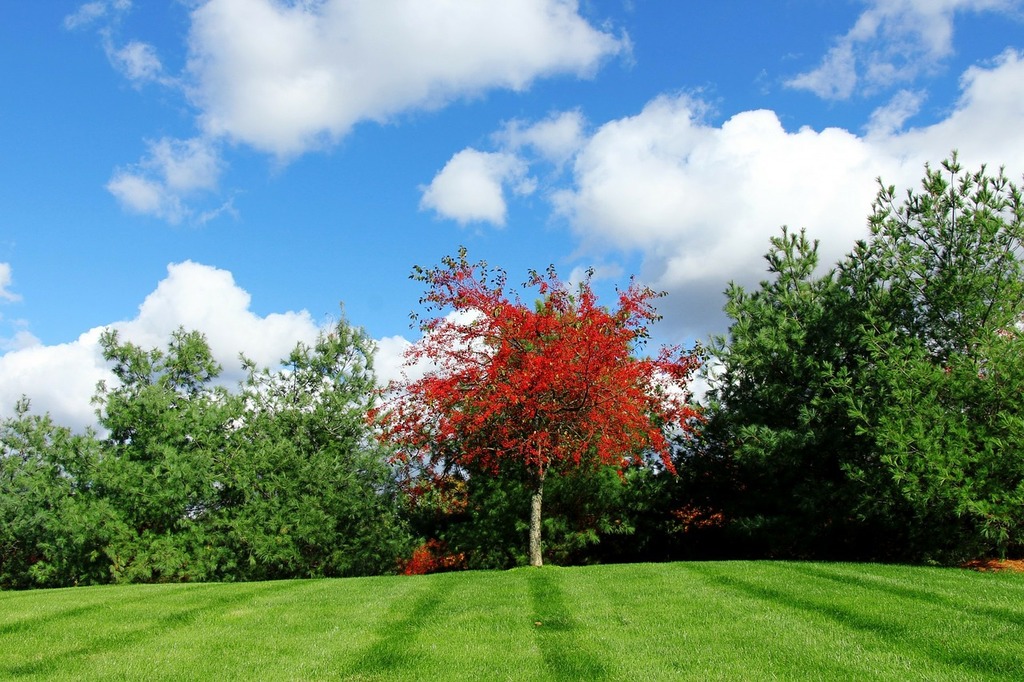
You can use a vibrant plant, a unique sculpture, or even a colorful pot to be the center of attention. The key is to make sure it stands out from the rest of your garden.
One trick I love is using contrasting colors. For example, if your garden is mostly green, a bright red or yellow plant can really pop.

Another idea is to use height to your advantage. A tall plant or structure can naturally draw the eye upwards, creating a sense of depth and interest.
